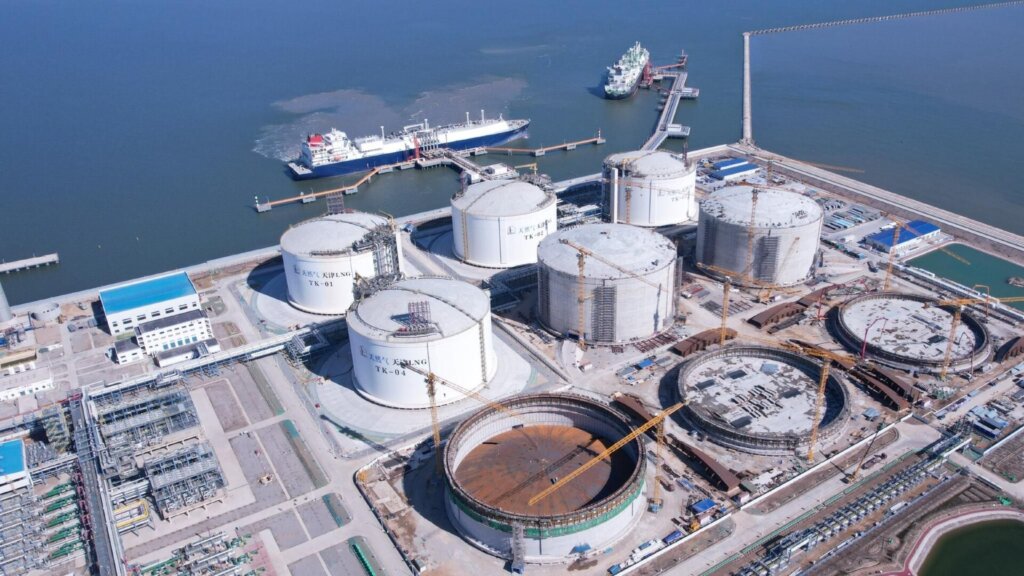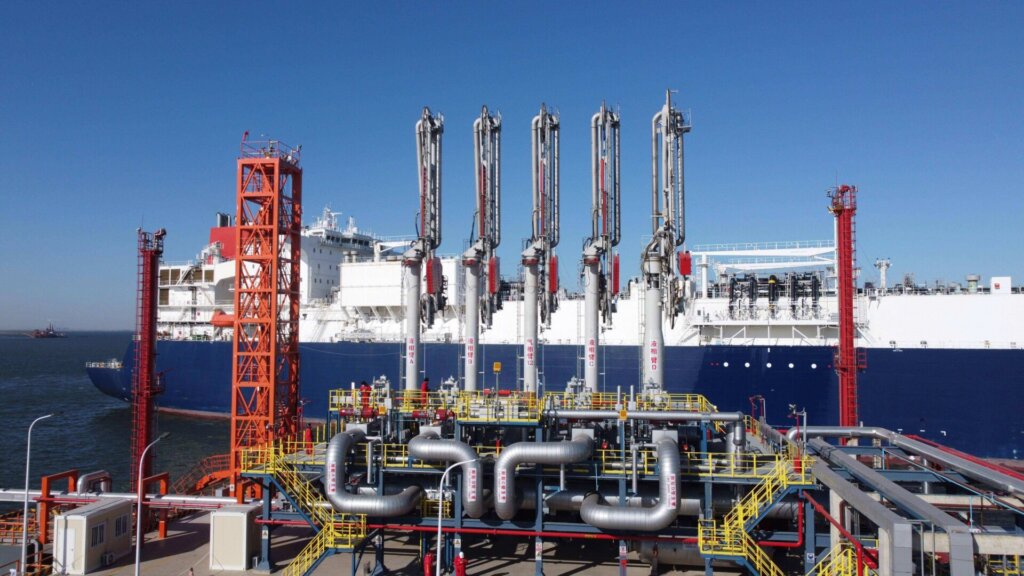Gas lobby : The activist collective »weiterSo!« has launched a whistleblowing appeal to employees of federal ministries, employees in the energy industry and members of the Bundestag.
These should share information about the influence of lobbyists in the gas industry on German politics.
The collective has a website set up where documents can be uploaded anonymously and where numerous tips can be found on how to cover your own tracks online and what rights you have as a whistleblower in Germany. The leaked data will later be professionally evaluated by journalists “Gas lobby”.
The reason for the call is the special public interest in energy policy decisions in the current energy crisis, write the activists. »We are dependent on a raw material that contributes to global warming, dependent on autocrats and dependent on energy companies.«
It is all the more problematic that the negotiations on new gas infrastructure and supply contracts, i.e. new dependencies, are largely taking place behind closed doors, the activists continue to write. On October 11, in response to a request from the Left Party, the federal government listed numerous meetings with representatives of the gas industry.

The collective »Keep it up!« describes itself as a group from the fields of sociology, environmental and political science and social work that are »concerned about the consequences of the lack of transparency for democracy«. The appeal is supported by the German Environmental Aid and the LobbyControl association, among others.
The activists receive legal backing from the Society for Freedom Rights: “The uncovering of questionable influences on politics is protected by freedom of the press and freedom of expression and is in the public interest,” says David Werdermann, lawyer and project coordinator of the organization.
The data show that in the first ten months of 2022, the EU’s share of LNG imports by sea has grown to 24.6%, meaning it is now the world’s largest importer.
Shipbroking company Banchero Costa also said in its latest weekly report, “Global offshore LNG trade continued to surge this year, also benefiting from pipeline disruptions in Russia and rising inventories in Western Europe.
Global LNG loadings rose 5.8% year-on-year to 334.7 million tonnes in the first 10 months of 2022, according to Refinitiv ship-tracking data. The largest increase in exports came from the US, where shipments in the first 10 months of the year rose 12.0% year-on-year to 66.3 million tonnes.
Perhaps surprisingly, however, Russia fared much the same, with exports in the first 10 months of the year up 11.3% year-on-year to a record 27.2 million tonnes.
In terms of gas destinations, Western Europe is leading the way and is trying to diversify its gas supply away from dependence on Russian pipeline gas.
The EU-27 is currently the world’s largest seaborne importer of LNG, with a 24.6% share in the first 10 months of 2022.
In the first 10 months of 2022, the EU27 imported 81.8 million tonnes of LNG, up 68.4% year-on-year from 48.6 million tonnes in the same period in 2021. This is also the historical record so far. Russia is the world’s fourth largest seaborne exporter of LNG.
It has an 8.1% market share so far this year. In 2021, the country exported a total of 30.3 million tonnes of LNG by sea, up 5.4% year-on-year, according to Refinitiv ship-tracking data. “
In terms of shipments, shipments from Russia have actually grown further this year, increasing by 11.3% year-on-year to 27.2 million tonnes in the January-October 2022 period. Russia’s export volume growth this year is the fastest of any exporting country, second only to the United States.
According to public information statistics, most of the liquefied natural gas exported by Russia currently comes from the Yamal LNG project (Yamal), which is the northernmost industrial facility in the world and is loaded at the port of Sabetta on the Russian Arctic coast.

During the January-October 2022 period, Yamal LNG exports reached 17.3 million tons, accounting for 64% of Russia’s total LNG exports. It was also reported that another LNG plant with a capacity of 19.8 million tons per year is under construction and is scheduled to be completed in 2022.
Russia’s second largest LNG export facility is located in Prigorodnoye on Sakhalin Island in the Far East, which is Russia’s first LNG export facility. From January to October 2022, Sakhalin’s LNG exports reached 9.2 million tons, accounting for 34% of Russia’s total exports.
In terms of destinations, the main customer of Russian LNG remains the European Union. From January to October 2022, Russia’s LNG exports to the EU increased by 41.8% year-on-year, from 9.6 million tons in the same period in 2021 to 13.5 million tons.
In the first 10 months of 2022, the EU will still account for 49.8% of Russia’s total LNG exports. On the other hand, exports to the UK fell by 82.5% year-on-year to 300,000 tonnes from 1.7 million tonnes in the same period last year.
The second-largest destination after Europe is Japan, which accounts for nearly 21% of Russian LNG shipments in the January-October 2022 period. Exports to Japan fell 0.5% year-on-year this year to 5.6 million tonnes.
Exports to South Korea also fell 20.9% year-on-year to 1.6 million tonnes in 2022, with South Korea accounting for a 6.0% share. Shipments to mainland China rose 21.2% year-on-year to 4.4 million tonnes in January-October 2022.

